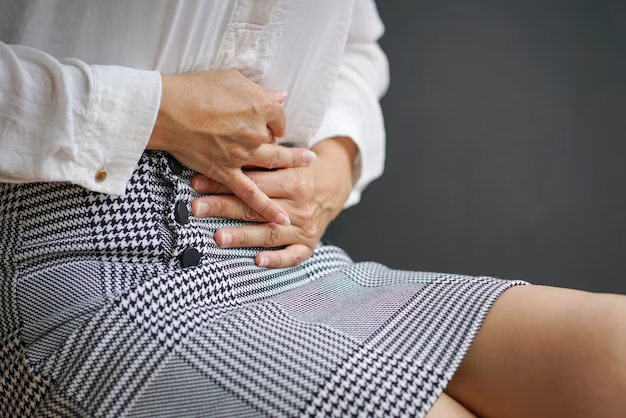Understanding Overactive Bladder: Urge Incontinence Explained
Urge incontinence, a condition that compels many to seek answers, is commonly referred to as Overactive Bladder (OAB). Living with OAB means dealing with a sudden, intense urge to urinate even when the bladder isn't full. This can be not only inconvenient but also stressful, especially if it leads to involuntary urine loss before reaching a toilet.
What Causes Overactive Bladder?
The exact causes of an overactive bladder can vary but generally involve miscommunications between the brain and bladder muscles, or problems with the bladder nerves. Common triggers include neurological disorders, urinary tract infections, or lifestyle factors such as an excessive intake of caffeine or alcohol. For many, muscle weakness or damage due to age or childbirth can also play a role.
Managing Urge Incontinence: Tips and Strategies
Dealing with urgency and the fear of leaks can be daunting. However, several strategies can help manage symptoms:
- Bladder training: Gradually increasing periods between toilet visits to improve control.
- Dietary adjustments: Reducing intake of bladder irritants like caffeine, alcohol, and spicy foods.
- Pelvic floor exercises: Strengthening these muscles can help control urges.
- Medications: Doctors can prescribe medications that relax the bladder and reduce symptoms.
Exploring Financial and Educational Resources for Urge Incontinence
Managing urge incontinence might require medical consultations, medications, or special products, which can be financially demanding. Thankfully, various support options exist to alleviate some of these expenses:
Government Aid Programs
- Medicare & Medicaid: Provide coverage for doctor visits and necessary treatments for qualifying individuals.
- Health Insurance Marketplace: Offers various plans that cover incontinence products and medications under specific circumstances.
Financial Assistance for Health Needs
- Flexible Spending Accounts (FSAs): Can be used to pay for over-the-counter products and prescriptions not covered by insurance.
- Nonprofits and Charities: Organizations like the Simon Foundation for Continence offer resources and sometimes financial assistance.
Educational Opportunities
- Pelvic Health Classes: Nonprofit centers or hospitals might offer low-cost or free classes to teach self-management techniques.
- Digital Courses and Webinars: Platforms offer free resources to improve knowledge about managing symptoms and related health issues.
Dealing with urge incontinence doesn't have to be overwhelming. By understanding the condition and exploring available resources, individuals can regain control and improve their quality of life. Whether through medical support, financial aid, or educational tools, solutions are available to those living with an overactive bladder.
Quick Resource Guide 🌟
- 🩺 Medicare & Medicaid: Coverage for necessary treatments.
- 💰 FSAs: Use for incontinence-related expenses.
- 🏥 Nonprofits: Assistance with managing costs.
- 📚 Digital Courses: Free management strategies.
- 🏠 Charities: Support and resources for quality of life improvement.

Related Topics
- a Patient You Are Caring For Uses Incontinence Briefs
- Are Incontinence Products Tax Deductible
- Are Incontinence Supplies Covered By Medicare
- Are Incontinence Supplies Tax Deductible
- Can a Bladder Infection Cause Urinary Incontinence
- Can a Kidney Stone Cause Incontinence
- Can a Urinary Tract Infection Cause Incontinence
- Can a Uti Cause Incontinence
- Can Constipation Cause Incontinence
- Can Constipation Cause Urinary Incontinence